Drug Resistance in Bacteria, Fungi, Malaria, and Cancer 1st ed. 2017 Edition
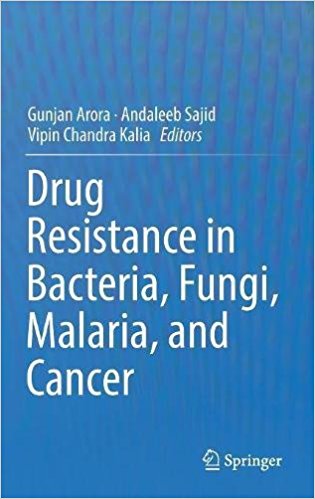
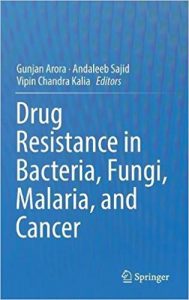
[amazon template=iframe image2&asin=3319486829]
Medical Books Library for Doctors, Physicians, Surgeons, Dentists, Intensivists, Physician Assistants, Nurses, Medical Technicians and Medical Students
Medical books library



[amazon template=iframe image2&asin=3319486829]
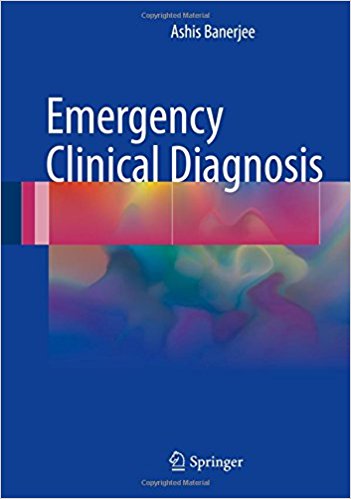
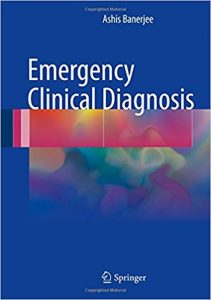
[amazon template=iframe image2&asin=3319507176]
The aim of this book is to help the reader achieve the correct diagnosis in the emergency setting, which continues to remain a challenge, given the variety of potential clinical presentations. Diagnostic failure is the largest reason for delays in provision of appropriate treatment, which can be life-saving, and the largest source of clinical complaints and untoward incidents leading to poor clinical outcomes and to litigation.
In this book, the readers will find diagnostic checklists, organised according to potential emergency presentations and classified under body systems, including atypical presentations, lists of differential diagnoses and guidance to pattern recognition.
Apart from providing an aide-memoire for a range of presentations, it is hoped that the book will allow for better quality and informed referrals, especially between health care providers.
This book is aimed as a rapid reference guide for all levels of medical staff working in emergency and acute care settings in the English-speaking world, but may also benefit nursing professionals and medical students.
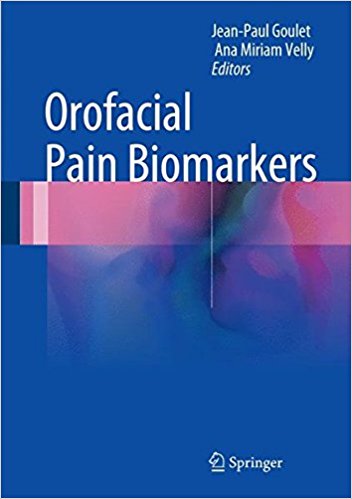
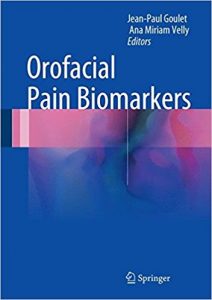
[amazon template=iframe image2&asin=3662539926]
This book provides up-to-date information on all aspects of orofacial pain biomarkers. It opens by presenting background information on clinical phenotypes and the neurobiological substrates underlying chronic orofacial pain and by explaining the potential role of biomarkers in the diagnosis, prognostic evaluation, and treatment of orofacial pain. The main section of the book examines the contribution of human and animal studies to the field of biomarkers for orofacial pain and discusses biomarkers for masticatory muscle pain, temporomandibular joint pain, neuropathic face pain, and autonomic nervous system involvement in trigeminal facial pain. The potential impacts of the immune system on orofacial pain biomarkers and candidate gene phenotypes with possible links to chronic orofacial pain conditions are also addressed, and differences and similarities between saliva and serum biomarkers for pain are explained as well. The final section covers research-related issues in assessment methods and statistical analyses used in evaluating biomarkers, identifies future challenges and suggests new directions in the field.
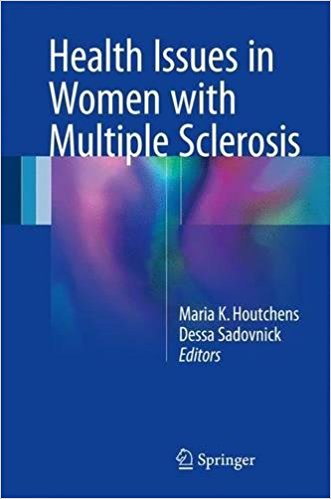

[amazon template=iframe image2&asin=3709148561]
This book addresses specific concerns of females affected by multiple sclerosis, where women are disproportionally impacted by the disease. MS is an autoimmune disease of the central nervous system affecting young adults of reproductive age. This book presents the current understanding of genetic variables, hormonal influences, immunological milieu and neurological outcomes, discussing issues such as fertility, pregnancy management, and menopause, as well as end of life care and mortality in women with MS. With contributions by international experts, this interdisciplinary book will serve as a useful reference and guide for MS specialists, general neurologists, obstetricians/gynecologists, physicians in training, family practice doctors, clinical nurse specialists in multiple sclerosis, and all other healthcare professionals involved in the care and treatment of women affected by MS.
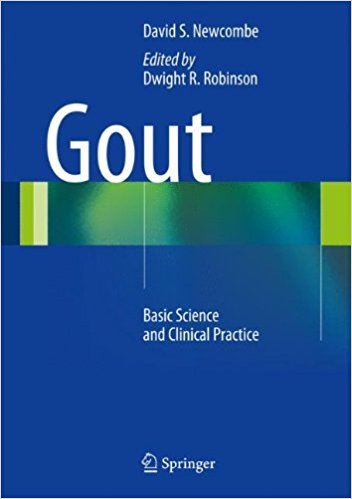
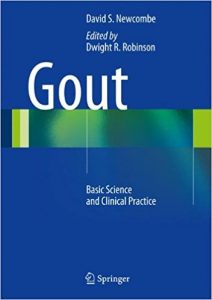
[amazon template=iframe image2&asin=1447142632]
Gout: Basic Science and Clinical Practice is a thoroughly researched comprehensive text which covers all important aspects of gout, including its genetics, pathophysiology, diagnosis, and management.
Gout is probably the most common rheumatic disease after osteoarthritis and is becoming more common with the prevalence of the metabolic syndrome in the US, and in many other countries. Only about 10% of patients with gout are treated by rheumatologists and this often leads to inadequate diagnosis and treatment in general medical practice.
Written by an expert in the field this book is valuable reference for rheumatologists and others in the medical profession who are interested in understanding and managing this important disease.
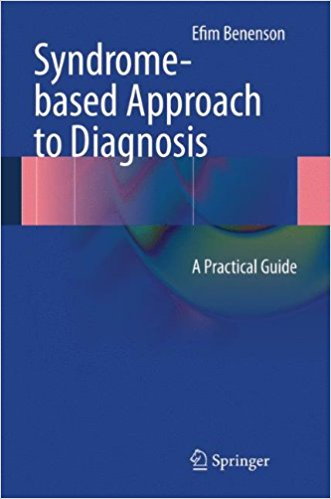
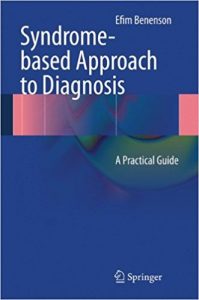
[amazon template=iframe image2&asin=1447147324]
Many young, inexperienced doctors, have difficultly pinpointing a diagnosis: Is it a condition to which certain diseases could belong, or a disease definable in line with certain criteria? How can I apply my basic knowledge of diseases to a real patient? How can I find the correct diagnosis for a disease that I am seeing for the very first time? The traditional diagnostic pathways conveyed by current methods of teaching, from visual identification of the disease, knowledge of diseases, understanding of symptoms or patterns to diagnosis, leave certain diagnostic questions unanswered, especially on first experience of such a clinical pattern. Syndrome-based Approach to Diagnosis: A Practical Guide offers lecturers an alternative training concept in their teaching, which provides students with a model for self-study as well as the educational tools for learning how to think in clinical terms.
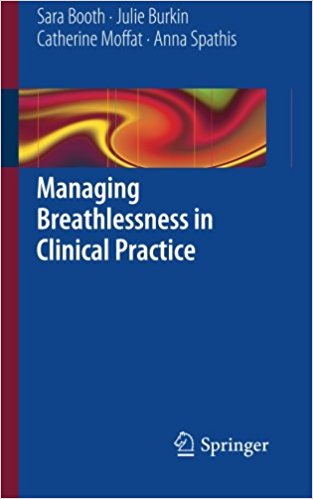
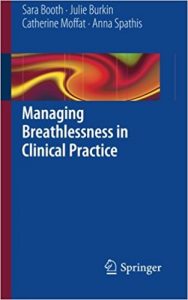
[amazon template=iframe image2&asin=1447147537]
Breathlessness is increasingly recognised as a common, disabling symptom of many advanced diseases and one that is very difficult to treat. There is now an understanding that a multi-disciplinary approach to management can make a significant impact on the severity of the symptom improving both the patient’s and their carers? quality of life. Breathlessness is one of the most difficult conditions that palliative care (and other clinicians who care for patients with advanced disease) have to treat. With the improvements in pain control, it is possibly now the most difficult symptom for clinicians to manage: many feel frustrated at not being able to give their patients better care. Many patients and families are enduring terrible suffering. There has been little progress in improving the symptom, in spite of an increase in the amount of research and interest in it over the last twenty years. The Cambridge Breathlessness Intervention Service (CBIS) has been established since 2004 and is a research-based service which has being evaluated since its inception: its model of caring has been shaped by the patients and families who use it and the clinicians who refer to it. CBIS has firm evidence of its effectiveness with patients with breathlessness with both malignant and non-malignant disease. This book will help others to manage breathlessness in their day-to-day clinical practice and, if so desired, set up their own breathlessness service. There is a well-established website which can be used in conjunction with the book. The book is written to give practical help in the clinical management of breathlessness and written so that the information is easy to access in clinic, ward or home.

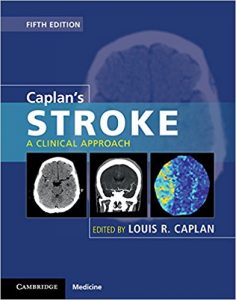
[amazon template=iframe image2&asin=1107087295]
This updated, revised and expanded fifth edition of the market-leading clinical guide on stroke covers causes, prevention, clinical features, evaluation, and management in a comprehensive yet accessible manner. While it retains the uniform organization, accessible style, and patient-oriented focus of previous editions, its scope has been extended to cover the most recent research, providing a fully up-to-date account of the features of cerebrovascular disease, stroke syndromes, complications, and recovery and rehabilitation. Joined by an international team of experts in the field, Caplan offers a widened coverage of each chapter topic, illustrated by using a large number of real-world clinical examples. Not previously included, this new edition now also contains a chapter on the genetics of stroke. Generously illustrated by figures of anatomy and pathology and brain and vascular imaging, this is a must-have for medical specialists and consultants as well as trainees, in neurology, stroke medicine, internal medicine, and neurorehabilitation.
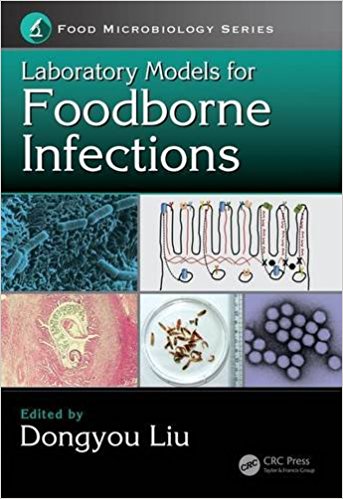

[amazon template=iframe image2&asin=1498721672]
Resulting from ingestion of inappropriately prepared or stored foods containing pathogenic viruses, bacteria, fungi and parasites, foodborne infections have become a significant source of human morbidity and mortality worldwide in recent decades. This may be largely attributable to the remarkable popularity of convenient, ready-to-eat food products, the dramatic expansion of international food trades, and the continuing growth of immuno-suppressed population groups. Although anti-microbial treatments have played a crucial part in the control of foodborne infections in the past, the emergence and spread of anti-microbial resistance render the existing treatments ineffective. Additionally, our limited understanding of the molecular mechanisms of foodborne infections has thwarted our efforts in the development of efficacious vaccines for foodborne pathogens.
Given the obvious benefits of laboratory models in foodborne disease research, a great number of experiments have been conducted toward the elucidation of host-pathogen interactions in and pathogenic mechanisms of foodborne infections. Forming part of the Food Microbiology series, Laboratory Models for Foodborne Infections presents a state-of-the-art review of laboratory models that have proven valuable in deciphering the life cycle, epidemiology, immunobiology, and other key aspects of foodborne pathogens.
Written by scientists with respective expertise in foodborne pathogen research, each chapter includes a contemporary summary of a particular foodborne viral, bacterial, fungal, or parasitic infection in relation to its life cycle, epidemiology, clinical features, pathogenesis, host-pathogen interactions, and other related aspects. Besides providing a trustworthy source of information for undergraduates and postgraduates in food microbiology, Laboratory Models for Foodborne Infections offers an invaluable guide for scientists and food microbiologists with interest in exploiting laboratory models for detailed study of foodborne infections.


[amazon template=iframe image2&asin=1498747191]
Interpreting the fluid requirements of a patient and working out what to do next can seem like a daunting task for the non-specialist, yet it is a skill that any doctor, nurse or paramedic needs to be fully appraised of and comfortable with.
Making Sense of Fluids and Electrolytes has been written specifically with this in mind, and will help the student and more experienced practitioner working across a variety of healthcare settings to understand why fluid imbalance in a patient may occur, to assess quickly a patient’s fluid needs through a thorough clinical assessment and to develop an effective management plan. Reflecting the latest guidelines, this practical, easy-to-read and easy-to remember guide will be an invaluable tool to aid speedy and appropriate management in emergency situations, on the ward and in the clinic.